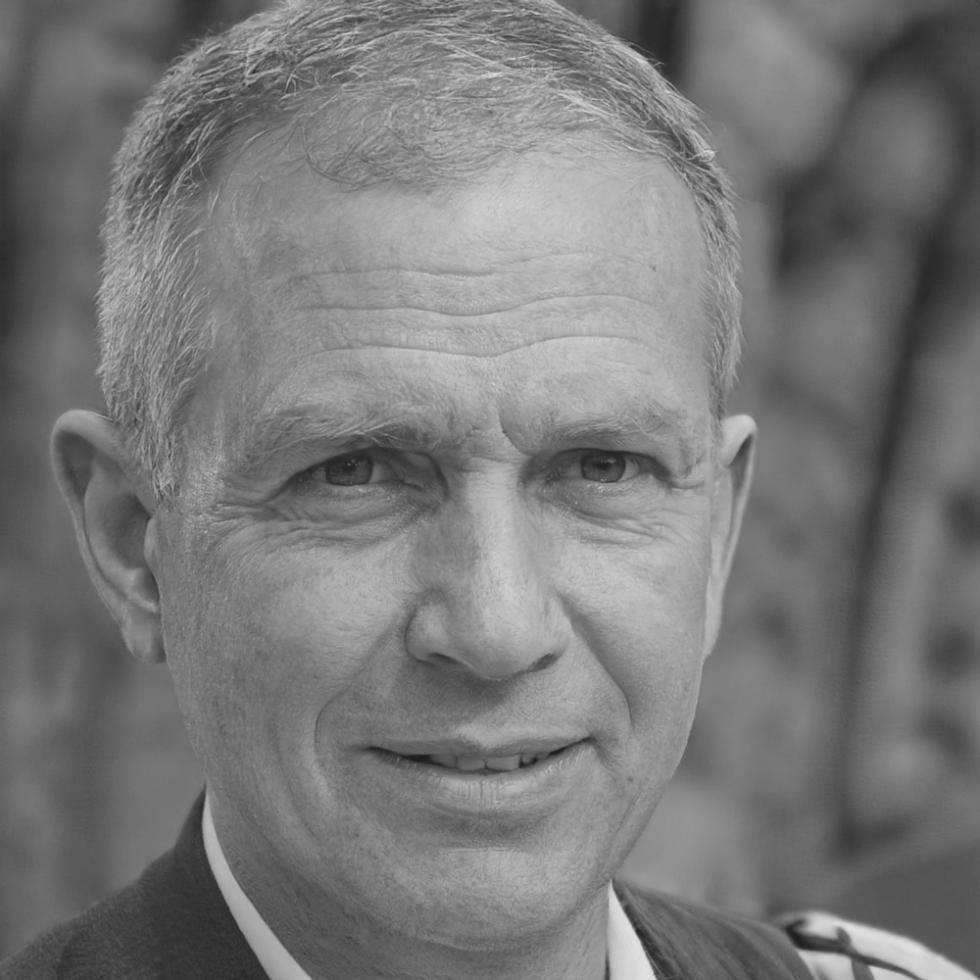Capacitación en Estrategias de Presupuesto Diseñada para Equipos Empresariales Reales
Tu equipo financiero maneja números reales, pronósticos reales y decisiones difíciles cada trimestre. Nuestros programas de capacitación ayudan a los equipos a gestionar presupuestos con métodos prácticos que funcionan en el entorno económico de 2025.
Habla con Nuestro EquipoCómo Enfocamos la Capacitación en Presupuestos
Hemos pasado años trabajando con departamentos financieros en toda España. Esto es lo que hace que nuestro enfoque sea diferente al de las capacitaciones corporativas típicas.
Práctica con Escenarios Reales
Los equipos trabajan en desafíos presupuestarios reales similares a los que enfrentan en el trabajo: análisis de variaciones, reforecasting a mitad de año, explicar excesos a ejecutivos. Sin ejemplos teóricos que no se apliquen a tu industria.
Estructura Flexible de Talleres
Algunas organizaciones necesitan sesiones intensivas de dos días. Otras prefieren distribuir el aprendizaje a lo largo de semanas. Nos adaptamos al horario y la carga de trabajo de tu equipo en lugar de forzar a todos a un mismo formato.
Contenido Específico por Industria
Los presupuestos de manufactura no se parecen en nada a los de retail o tecnología. Personalizamos ejemplos, métricas y desafíos basados en tu sector específico para que los equipos practiquen con situaciones familiares.
Acceso a Soporte Continuo
Las preguntas surgen semanas después de que termina la capacitación. Los participantes tienen acceso a nuestros asesores financieros para orientación de seguimiento cuando enfrentan obstáculos al aplicar nuevos métodos a sus presupuestos reales.
Qué Cambia Después de la Capacitación
Mejoras reales que hemos visto con equipos que completaron nuestros programas en 2024 y principios de 2025.
Desafíos Comunes
- Las revisiones de presupuesto toman de 3 a 4 horas por departamento
- Los pronósticos suelen fallar por un 15-20%
- Los equipos tienen dificultades para explicar las variaciones claramente
- La temporada de presupuestos crea estrés y confusión
- Comprensión limitada del contexto estratégico
Progreso Típico
- Revisiones optimizadas a 90 minutos con mejores perspectivas
- La precisión de los pronósticos suele mejorar a una variación de 8-12%
- Comunicación más clara con partes interesadas no financieras
- Más confianza durante los ciclos de planificación
- Mejor alineación entre presupuestos y estrategia

Voces de Líderes Financieros
Comentarios de profesionales que han trabajado con nuestros programas de capacitación.

Desmond Callaghan
Gerente Financiero, Manufactura
Lo que destacó fue lo práctico que se sintió todo. Practicamos en escenarios que parecían exactamente nuestro proceso de cierre mensual. Tres meses después, nuestros informes de variaciones son mucho más claros y mi equipo realmente entiende el porqué detrás de las decisiones presupuestarias.

Ramona Thibeault
Directora de Finanzas, Retail
Estaba escéptica sobre otro programa de capacitación corporativa. Pero donerivalex se centró en problemas reales que enfrentamos: manejar recortes presupuestarios, justificar aumentos de gastos, lidiar con ingresos impredecibles. Mis analistas ahora manejan el reforecasting con mucho menos vaivén.
Cómo se Despliegan los Programas Típicamente
La mayoría de las organizaciones comienzan en otoño de 2025 o principios de 2026. Aquí está la línea de tiempo habitual desde la conversación inicial hasta la implementación en el equipo.
Descubrimiento y Planificación (2-3 semanas)
Nos reunimos con tu liderazgo financiero para entender los desafíos actuales, la estructura del equipo y cómo luce el éxito. Luego personalizamos el contenido según tu industria, herramientas y puntos débiles específicos.
Sesiones de Capacitación Principales (1-4 semanas)
Dependiendo de tu preferencia, realizamos talleres intensivos de varios días o distribuimos el aprendizaje en sesiones semanales. Los equipos practican con escenarios reales, trabajan en estudios de caso y desarrollan nuevos marcos que pueden usar de inmediato.
Período de Aplicación (4-8 semanas)
Los equipos aplican nuevos métodos a presupuestos reales mientras ofrecemos soporte de coaching. Aquí es cuando el aprendizaje se convierte en práctica rutinaria. Estamos disponibles para preguntas y resolución de problemas a medida que surgen los desafíos.
Seguimiento y Refinamiento (continuo)
Tras la implementación inicial, revisamos qué está funcionando y qué necesita ajustes. Muchos equipos programan actualizaciones trimestrales o nos traen de vuelta cuando enfrentan nuevos desafíos presupuestarios o contratan nuevos miembros del equipo.